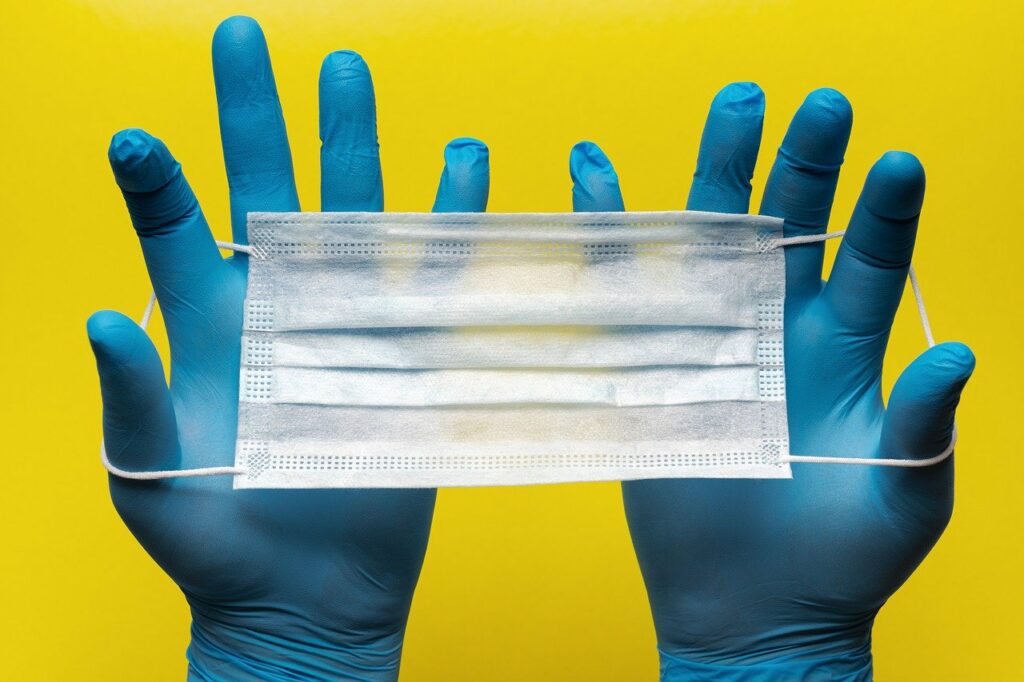
The coronavirus is an extremely fast spreader, no doubt about it. But what’s really insidious about it is the fact that it can be transmitted by infected people who are entirely asymptomatic, as well as those who are infected but have yet to develop symptoms. In fact, according to a new study, the virus may be its most effective at infecting susceptible hosts when an infected person has yet to develop symptoms of COVID-19.
COVID-19 symptoms include fever, dry cough, loss of smell and taste, and shortness of breath. The severity of the disease ranges from flu-like to pneumonia-like, and hospitalization is necessary in severe and critical cases. There is still no approved treatment or vaccine against SARS-CoV-2, the coronavirus that causes COVID-19.
From the beginning of the epidemic in China, public health officials have been aware that the coronavirus can spread to other people during its incubation period (1 to 14 days) before an infected host develops symptoms of the disease.
A new study paints a broader picture of the infectious behavior of seemingly healthy people who have contracted the virus. The findings suggest that viral load, which was measured with throat swabs, was the highest at the time of symptom onset.
The Chinese researchers affiliated with the Guangzhou Medical University and the World Health Organization Collaborating Centre for Infectious Disease Epidemiology and Control have inferred that coronavirus infectiousness must have peaked on or before the onset of symptoms.
The amount of virus necessary to make a person sick is called the infectious dose. A previous study, also from China, found that COVID-19 patients with more severe symptoms tended to have higher viral loads.
People with higher viral loads may also cause more viral shedding — when infected people are capable of infecting others — which makes them more contagious.
According to the new study, significant viral shedding likely begins two to three days before symptoms appear. Intriguingly, the amount of whole viruses that are expelled appears to decline after people begin feeling sick.
In other words, COVID-19 seems to spread the most not from people who look sick, but from those who are just becoming sick.
This consideration may have important consequences for public health interventions, which may need to be adjusted. For instance, contact tracing should start from the moment prior to when a patient starts exhibiting symptoms, not from the onset.
“More inclusive criteria for contact tracing to capture potential transmission events two to three days before symptom onset should be urgently considered for effective control of the outbreak,” the researchers wrote in the journal Nature Medicine.
The research wasn’t perfect, though. One important limitation is that the researchers had to rely on patients’ subjective memory for reports of when symptoms first started showing. This can be unreliable.
However, the findings seem to agree with other studies that showed that the coronavirus can spread before people get sick.
Such findings yet again reinforce the need for social distancing, impeccable hygiene, and wearing masks in public for everyone, even people who by, all accounts, look healthy.
Was this helpful?



